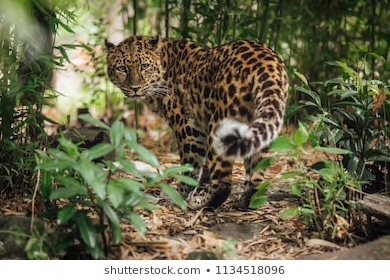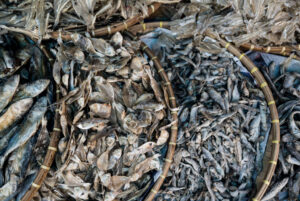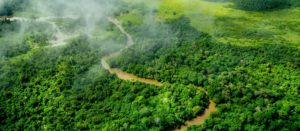
Endangered Species Found in Regions of Myanmar

Stori Smith
ENDANGERED SPECIES FOUND IN REGIONS OF MYANMAR
From Mongabay newsletter:
The first-ever surveys of forests in Karen state in southeast Myanmar — a region that was previously out-of-bounds for scientists due to security and political reasons — has yielded surprising results.
Researchers have recorded at least 31 species of mammals in the region, more than half of which are categorized as Near Threatened, Vulnerable or Endangered on the IUCN Red List, according to a study published in Oryx. Some of these endangered mammals include tigers (Panthera tigris), Asian elephants (Elephas maximus), Phayre’s langurs (Trachypithecus phayrei), and dholes (Cuon alpinus).
“It is incredibly rare to find such rich and diverse wildlife anywhere in the world today but certainly in Southeast Asia,” said Clare Campbell, Director of Wildlife Asia, an Australian conservation NGO that coordinates the Karen Wildlife Conservation Initiative (KWCI), in a statement. “Thanks to the long-standing conservation efforts of the Karen people this area is a refuge for the last tigers in the region, Asian elephants and so much more.”
Karen state (also known as Kayin state), is located in southeast Myanmar and borders Thailand. The state has had a turbulent past, suffering from decades-long conflict that has resulted in the deaths of hundreds of thousands of people and allowed little room for development. The region has also been excluded from most previous scientific assessments.
“Previously this area has been off limits due to the military conflict between the Karen military units and the Myanmar army, and as a result the entire region has been a blackspot of information with regard to wildlife and omitted from wildlife distribution maps, etcetera. For example, the ‘Myanmar tiger action plan’ did not feature this important tiger habitat,” said Ross McEwing, wildlife conservation lead for the KWCI.
Between December 2014 to July 2015, the KWCI set up camera traps in four areas of Karen state, making these the first surveys of their kind. The cameras captured at least 31 species of mammals, including 17 species that are globally threatened, such as the tiger, Asian elephant and dhole.
The researchers also detected images of the Indochinese leopard (Panthera pardus delacouri) at nearly 60 percent of all camera trap stations and across all survey sites. This suggests that Karen state could be supporting one of the most significant leopard populations remaining in Southeast Asia, the authors write. Only 400 to 1,000 adult, breeding Indochinese leopards are estimated to survive in the wild today.
The cameras also captured several records of gaur (Bos gaurus), barking deer or muntjak (Muntiacus spp.), Eurasian wild pig (Sus scrofa), and a few species of bears across the state.
“This demonstrates a relatively intact and functioning ecosystem where local human hunting pressure is selective and sustainable and where top predators exist, and importantly reproduce, as a result of a high prey density (or food availability) — something now missing from much of the forests in Southeast Asia which limits the abundance and richness of top predators,” McEwing said. “In some of these areas we have tiger, leopard and dhole all sharing territories which is only possible if prey densities are high, otherwise tigers would exclude leopards or leopards would exclude dhole from these regions.”
Disclaimer: The opinions, beliefs and viewpoints expressed by the various authors and forum participants on this web site are their own and do not necessarily reflect the opinions, beliefs and viewpoints of SAFE Worldwide.





